AFTERNOON TEA AT HOME
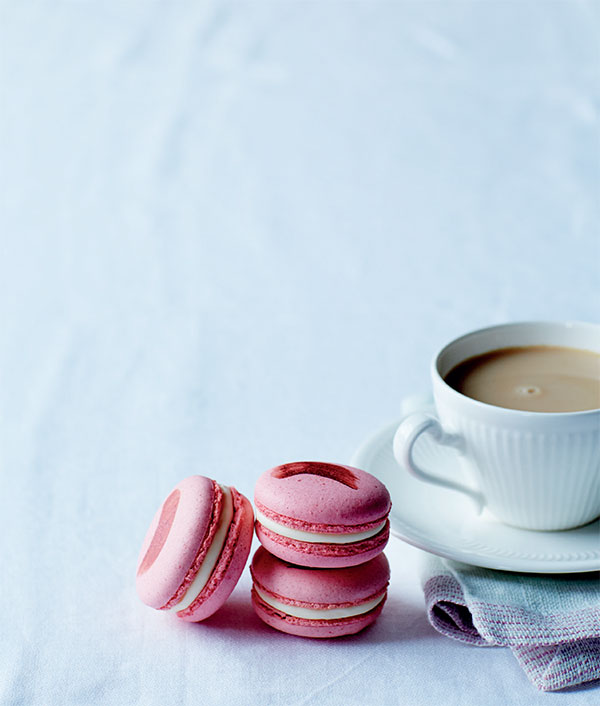

WILL TORRENT
AFTERNOON TEA
AT HOME Deliciously indulgent recipes for sandwiches, savouries, scones, cakes and other fancies
photography by Matt Russell

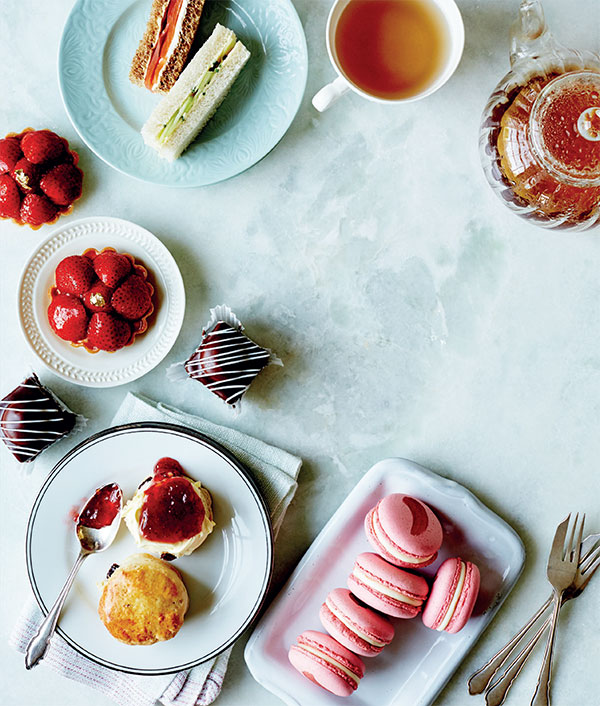
For my wonderful wife. Colossians 3: 1217 x
Senior Designer Megan Smith
Commissioning Editor Stephanie Milner
Head of Production Patricia Harrington
Art Director Leslie Harrington
Editorial Director Julia Charles
Publisher Cindy Richards
Recipe Writer and Developer Annie Rigg
Food Stylist Will Torrent
Prop Stylist Joanna Harris
Assistant Food Stylists Jack Sargeson and Kathy Kordalis
Indexer Hilary Bird First published in 2016. This edition published in 2021 by Ryland Peters & Small 2021 Jockeys Fields, London WC1R 4BW and 341 E 116th St New York NY 10029 www.rylandpeters.com Text Will Torrent 2016, 2021 Design and commissioned photographs Ryland Peters & Small 2016, 2021
Picture credits above left Bettmann/CORBIS; above right Topfoto; below Roger-Viollet/Topfoto ISBN: 978-1-78879-348-3 EISBN: 978-1-78879-371-1 Printed and bound in China 10 9 8 7 6 5 4 3 2 1 The authors moral rights have been asserted. All rights reserved. No part of this publication may be reproduced, stored in a retrieval system or transmitted in any form or by any means, electronic, mechanical, photocopying or otherwise, without the prior permission of the publisher. A CIP record for this book is available from the British Library.
US Library of Congress Cataloging-in-Publication Data has been applied for. NOTES Both British (Metric) and American (Imperial plus US cups) measurements and ingredients are included in these recipes for your convenience, however it is important to work with one set of measurements and not alternate between the two within a recipe. All spoon measurements are level unless otherwise specified. All eggs are medium (UK) or large (US), unless specified as large, in which case US extra-large should be used. Uncooked or partially cooked eggs should not be served to the very old, frail, young children, pregnant women or those with compromised immune systems. When a recipe calls for the zest of citrus fruit, buy unwaxed fruit and wash well before using.
If you can only find treated fruit, scrub well in warm soapy water before using. Ovens should be preheated to the specified temperatures. We recommend using an oven thermometer. If using a fan-assisted oven, adjust temperatures according to the manufacturers instructions. 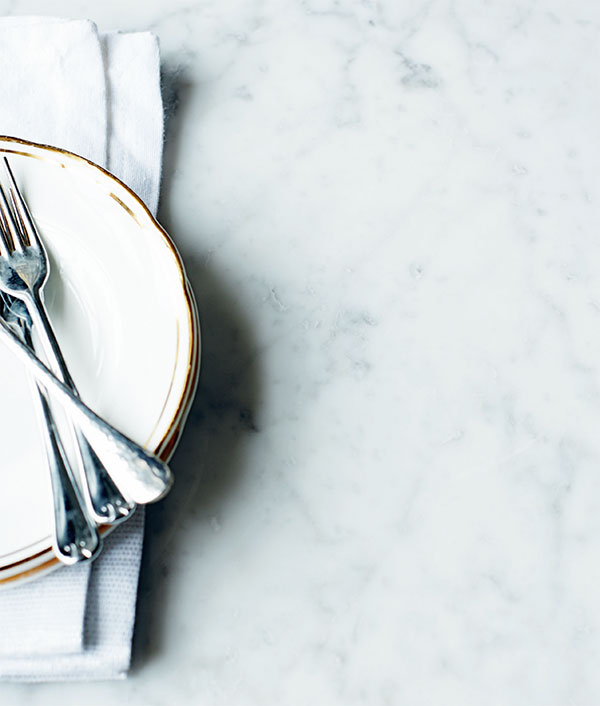 Contents
Contents  Introduction Afternoon tea is one of my favourite ways to eat. Its quintessentially British, has natural pomp and circumstance, oozes elegance and is defined by indulgence.
Introduction Afternoon tea is one of my favourite ways to eat. Its quintessentially British, has natural pomp and circumstance, oozes elegance and is defined by indulgence.
Its been around since the 1800s but it is in the last few years that afternoon tea has had a resurgence. In grand venues such as 5-star hotels, riverside restaurants or boutique department stores, it can be a way to celebrate birthdays and engagements, get together with friends or even serve as a wedding breakfast people just seem to love afternoon tea. It is the delicate touches of small finger sandwiches (rectangular or triangular but always with the crusts cut off), little savouries, light and fluffy scones with clotted cream and jam/jelly, fine and elegant ptisserie, a wide variety of teas and the occasional glass of fizz that people adore. But its not just the food: the ornate and stunning locations that host afternoon tea are a luxury that can be recreated at home with an eye on the details you might even feel like youre in Downton Abbey. I love the feeling of tranquillity and peace that contradicts the buzz of being served afternoon tea nothing quite beats it. There are two questions that need to be answered though; how do you pronounce scone and should you layer cream on first or jam/jelly? Well, when it comes to the toppings, Ill explain that later on (there are lots of ways to serve a scone), but when it comes to how to pronounce the word scone, I do love this little poem that gives you a hint; I asked the maid in dulcet toneTo order me a buttered scone;The silly girl has been and goneAnd ordered me a buttered scone. (Anon.) Will Torrent
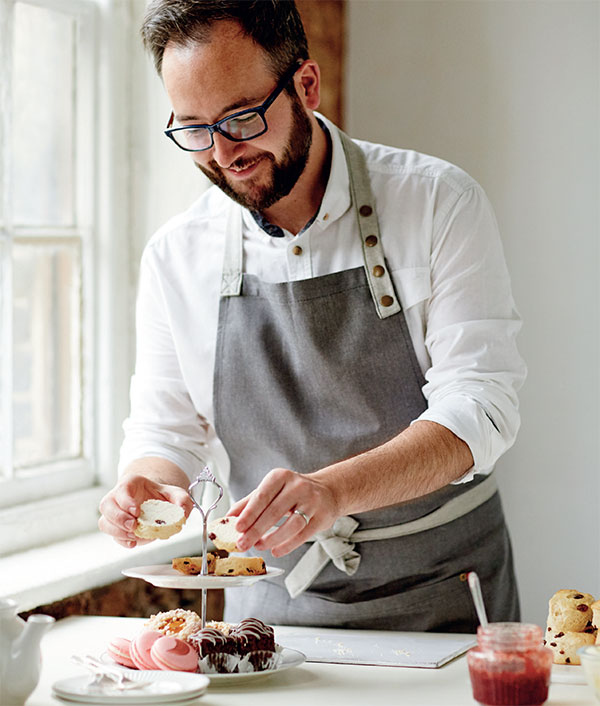
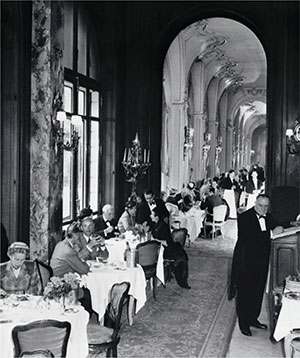
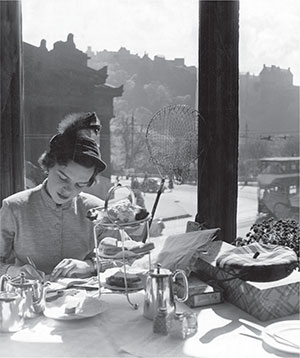
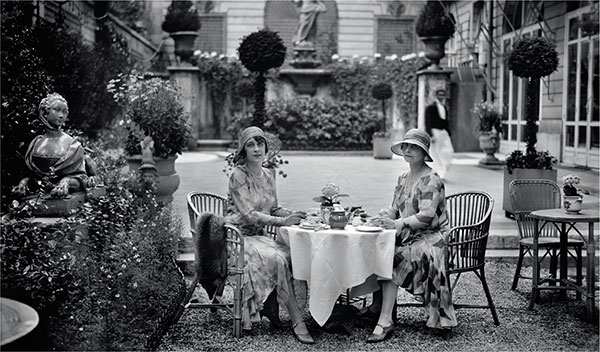 Time for tea Afternoon tea has been around since the 1800s and was traditionally served between the hours of 4 pm and 7 pm, however these days, most establishments prefer to serve afternoon tea from lunchtime onwards, and continue until its time to begin their evening dinner service.
Time for tea Afternoon tea has been around since the 1800s and was traditionally served between the hours of 4 pm and 7 pm, however these days, most establishments prefer to serve afternoon tea from lunchtime onwards, and continue until its time to begin their evening dinner service.
With the rise in popularity of tea drinking in the 19th century, it is said that Anna, the 7th Duchess of Bedford and other ladies of the upper social classes would get a little peckish ahead of dinner. The solution was to have a cup of tea and a light snack mid-afternoon to keep the hunger pangs at bay. This soon became part of a daily routine and the Duchess began to invite friends to the house to join her for refreshment, and the rest, as they say, is history. However, it was thanks to Queen Victoria that afternoon tea came to be the more formal affair we enjoy today. During her reign, tea service became increasingly grand and enjoying the ritual in the countrys celebrated dining rooms held social status. Etiquette played a big part, from the dress code to the way that tea was poured and stirred.
Today there are no strict rules when serving an afternoon tea, but traditionally it will consist of an ornate 3-tiered cake stand displaying a selection of dainty finger sandwiches and other small savouries, warm scones with accompanying pots of clotted cream and preserves, and a variety of visually appealing bite-size cakes and pastries. This enticing spread will be accompanied by your choice of a pot of freshly brewed loose-leaf tea, usually Earl Grey, Darjeeling and Assam are offered. Throughout this book youll find both traditional recipes and my own ideas for teatime fancies, designed to be enjoyed throughout the seasons. Why not use the Menu Planners on pages to put together your own bespoke selection of treats for any occasion? Henry James (18431916), the great American writer who spent most of his writing life in England said: There are few hours in life more agreeable than the hour dedicated to the ceremony known as afternoon tea.

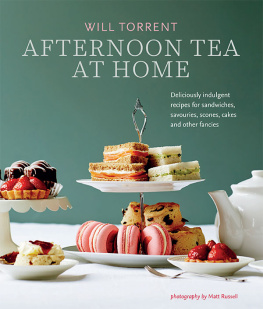

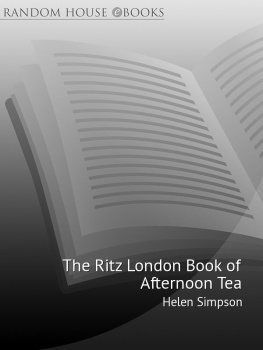


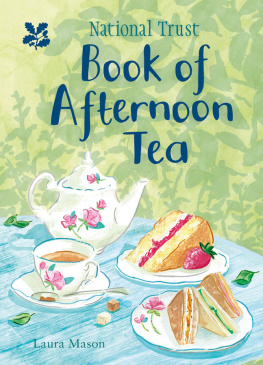


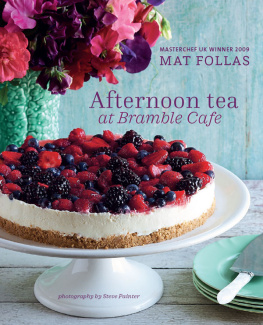
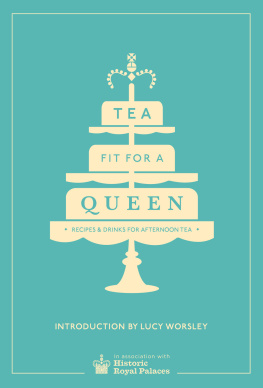

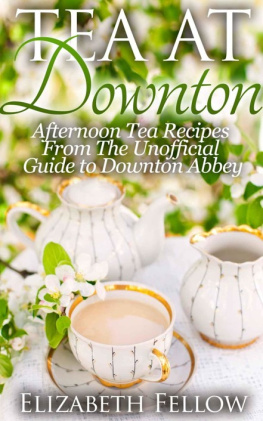


 WILL TORRENT
WILL TORRENT
 For my wonderful wife. Colossians 3: 1217 x Senior Designer Megan Smith Commissioning Editor Stephanie Milner Head of Production Patricia Harrington Art Director Leslie Harrington Editorial Director Julia Charles Publisher Cindy Richards Recipe Writer and Developer Annie Rigg Food Stylist Will Torrent Prop Stylist Joanna Harris Assistant Food Stylists Jack Sargeson and Kathy Kordalis Indexer Hilary Bird First published in 2016. This edition published in 2021 by Ryland Peters & Small 2021 Jockeys Fields, London WC1R 4BW and 341 E 116th St New York NY 10029 www.rylandpeters.com Text Will Torrent 2016, 2021 Design and commissioned photographs Ryland Peters & Small 2016, 2021 Picture credits above left Bettmann/CORBIS; above right Topfoto; below Roger-Viollet/Topfoto ISBN: 978-1-78879-348-3 EISBN: 978-1-78879-371-1 Printed and bound in China 10 9 8 7 6 5 4 3 2 1 The authors moral rights have been asserted. All rights reserved. No part of this publication may be reproduced, stored in a retrieval system or transmitted in any form or by any means, electronic, mechanical, photocopying or otherwise, without the prior permission of the publisher. A CIP record for this book is available from the British Library.
For my wonderful wife. Colossians 3: 1217 x Senior Designer Megan Smith Commissioning Editor Stephanie Milner Head of Production Patricia Harrington Art Director Leslie Harrington Editorial Director Julia Charles Publisher Cindy Richards Recipe Writer and Developer Annie Rigg Food Stylist Will Torrent Prop Stylist Joanna Harris Assistant Food Stylists Jack Sargeson and Kathy Kordalis Indexer Hilary Bird First published in 2016. This edition published in 2021 by Ryland Peters & Small 2021 Jockeys Fields, London WC1R 4BW and 341 E 116th St New York NY 10029 www.rylandpeters.com Text Will Torrent 2016, 2021 Design and commissioned photographs Ryland Peters & Small 2016, 2021 Picture credits above left Bettmann/CORBIS; above right Topfoto; below Roger-Viollet/Topfoto ISBN: 978-1-78879-348-3 EISBN: 978-1-78879-371-1 Printed and bound in China 10 9 8 7 6 5 4 3 2 1 The authors moral rights have been asserted. All rights reserved. No part of this publication may be reproduced, stored in a retrieval system or transmitted in any form or by any means, electronic, mechanical, photocopying or otherwise, without the prior permission of the publisher. A CIP record for this book is available from the British Library.  Contents
Contents  Introduction Afternoon tea is one of my favourite ways to eat. Its quintessentially British, has natural pomp and circumstance, oozes elegance and is defined by indulgence.
Introduction Afternoon tea is one of my favourite ways to eat. Its quintessentially British, has natural pomp and circumstance, oozes elegance and is defined by indulgence.



 Time for tea Afternoon tea has been around since the 1800s and was traditionally served between the hours of 4 pm and 7 pm, however these days, most establishments prefer to serve afternoon tea from lunchtime onwards, and continue until its time to begin their evening dinner service.
Time for tea Afternoon tea has been around since the 1800s and was traditionally served between the hours of 4 pm and 7 pm, however these days, most establishments prefer to serve afternoon tea from lunchtime onwards, and continue until its time to begin their evening dinner service.